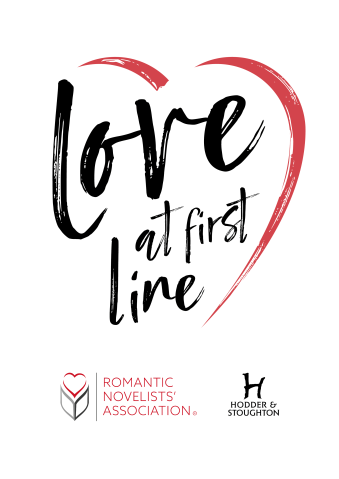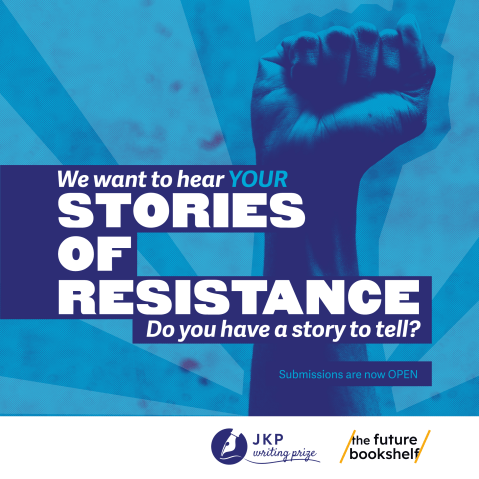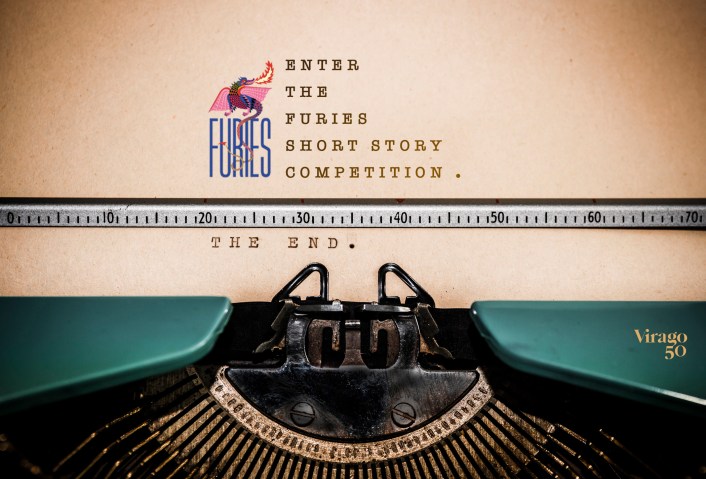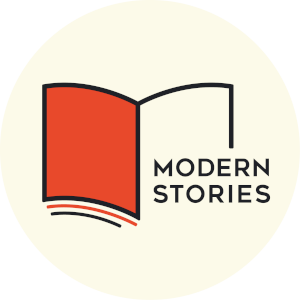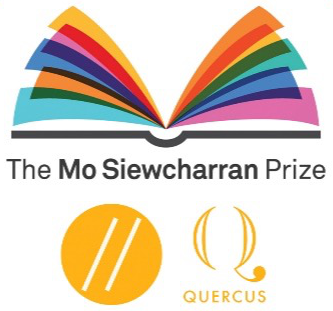Recommended Reading – Pig Iron by Benjamin Myers

Where are the well-rounded, three-dimensional working-class characters in fiction? Sarah Kennedy writes about why Pig Iron differs from the norm.

When I was little, there was nothing more exciting than perusing the children’s fiction department and picking out my next read. With their smooth, glossy front covers, the books never failed to be anything less than absolute treasures in my eyes. But it was the content of my favourite childhood books that I remember most about them now – stories that I could relate to, characters I could empathise with and voices that sounded real and honest. I think it’s no surprise then, that I was (and still am!) a huge fan of Jacqueline Wilson, whose stories focus on the everyday lives of young people, who tend to come from humble and, sometimes, broken backgrounds. There is nothing over-glamourous about her characters and they are so easy to relate to.
After branching into adult fiction, it seemed there was a stark difference. Though it wasn’t impossible, it seemed so much harder to find books with characters that I could grow close to.
Now, as a fully grown adult (or so they tell me) and as somebody who spends several hours a week wandering through my local bookstore, I often find myself searching for something special, different and with themes and ideas I had never considered before. Far too often, I find myself trawling through the ‘noise’ of what seems like the same old stories being told in the same old voices and often appealing to the same old audience. This is why I am so glad that I came across Pig Iron by Benjamin Myers – the story of a young, gypsy man who has just been released from prison and wants nothing more than to live a normal life in Durham.
It is so commonly the case that working class characters are either violent, stupid or in some way the punchline of the narrative. Such narratives are often subjected to being labelled either as ‘gritty’ or ‘dark’ – I think I’ve lost count of the number of times I’ve seen a text described in this way. As somebody from a working-class background, I certainly don’t relate to the way these characters are written and I am a firm believer that the way working-class characters are presented in some adult fiction is grossly unfair.
This is why I loved Pig Iron so much. What truly struck me about the text is the presentation of its main character, John-John, the son of a notorious gypsy bare-knuckle fighter whose legacy has left behind a dark shadow for his family. Yes, John-John is rough around the edges, but ultimately, he breaks free from the stereotypical portrayal of the working class and offers a powerful insight into a class of people that is often not properly understood in contemporary fiction. Though brutal at times, Pig Iron is frequently poetic and lyrical. It takes the well-known and overdone portrayal of a working-class man and completely turns it on its head.
It is time for more books to be published featuring the working class and for more people to be able to relate to the stories they find in bookstores. That isn’t to say that today’s books aren’t brilliant, it’s just that I’d love to see the publishing world make a real effort to incorporate writing that appeals to everybody from all walks of life.
The fact that Pig Iron was rejected on the grounds that publishers believed that nobody would be interested in the story of a working-class man from Durham, before being bought out by Bluemoose Books and then going on to win the inaugural Gordon Burn Prize is indication enough that there is a real need for more of this type of fiction in the publishing world. I eagerly anticipate its arrival.
